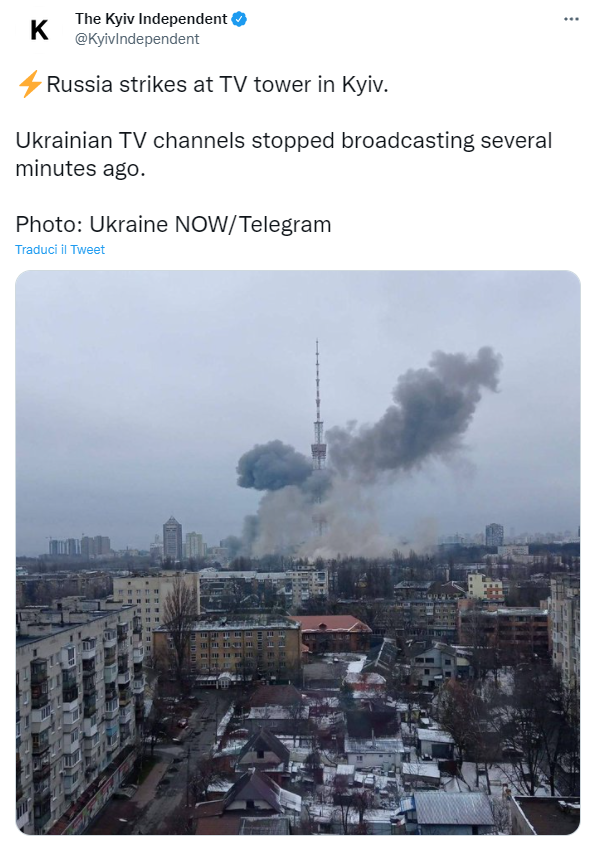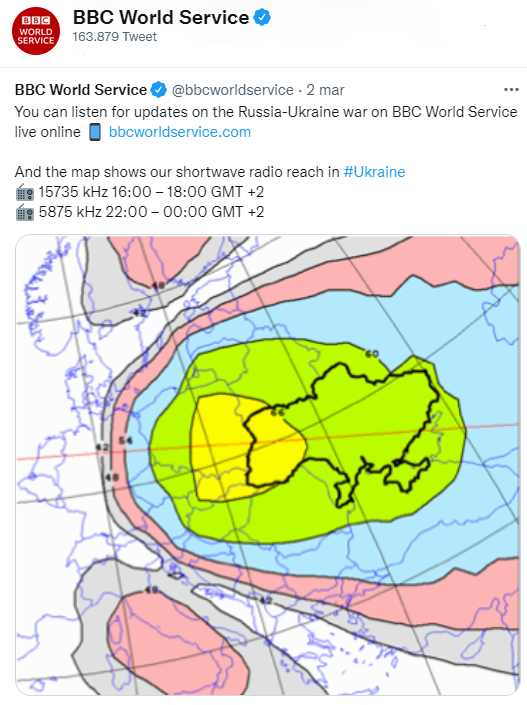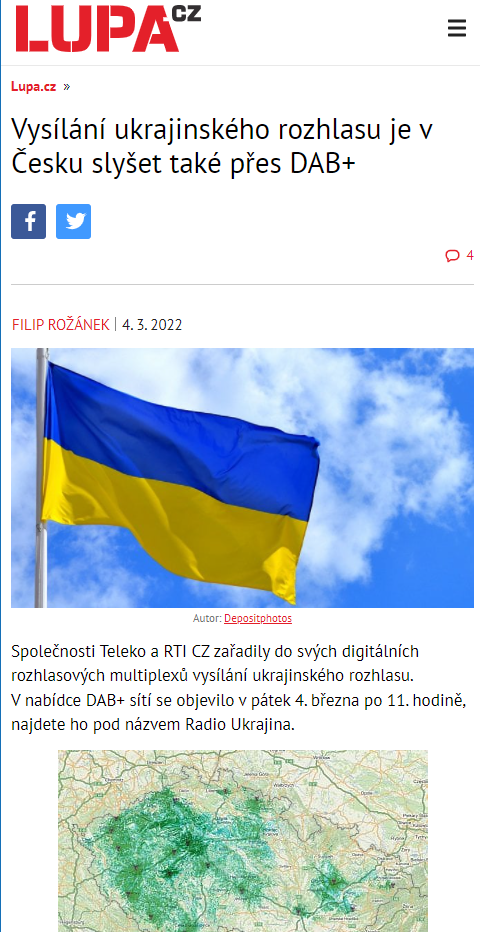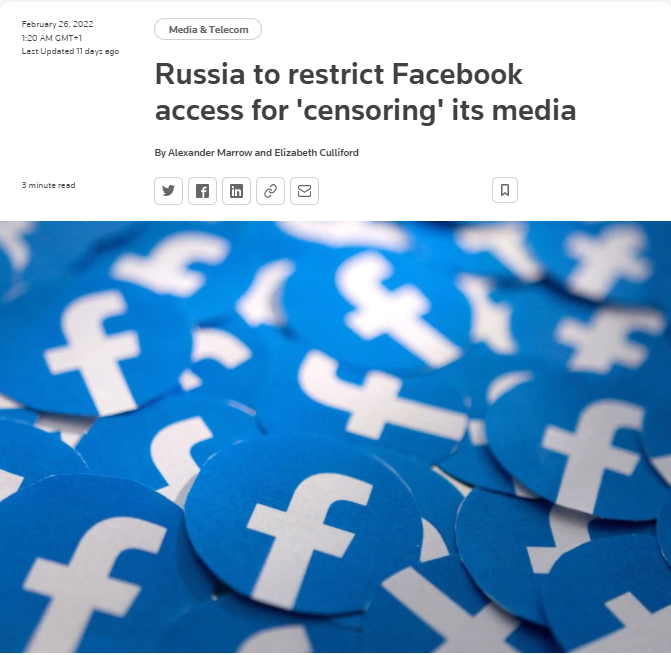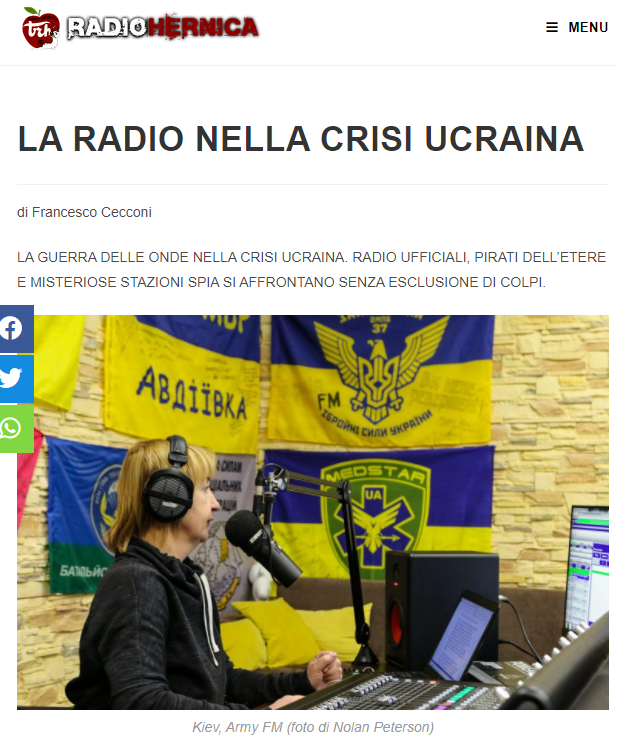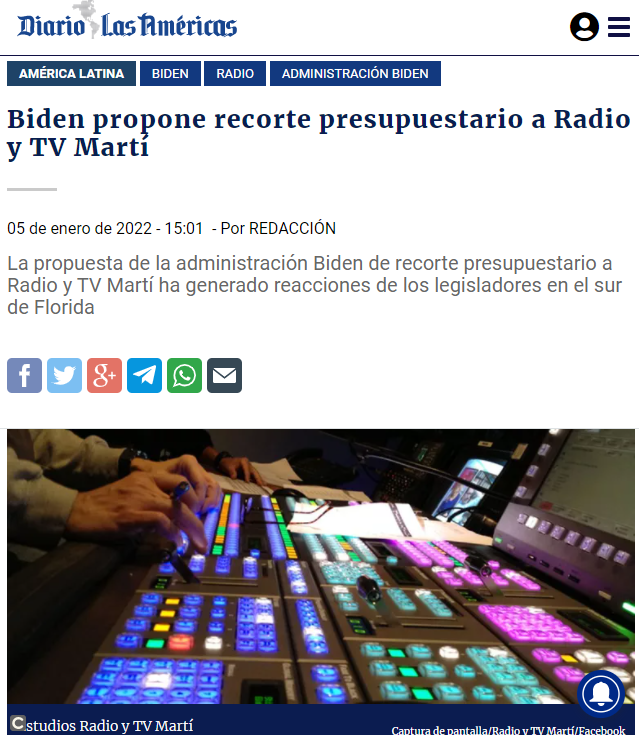
Source
Radio Mariya stopped transmitting. But then it was reactivated
Compared to what one read in the newspapers about the FM stations housed in the Kiev tower, the numbers are different: before 1 March, in the “old” FM band (called OIRT, ranging from 65.8 to 74 MHz) only Radio Mariya was active (suspended transmissions after the attack, but has informed RadioReporter that it is back). The other stations in this band, mainly state-owned, had been discontinued due to budget problems, as they had been replaced by frequencies in the new band, where broadcasts were in stereo rather than mono. Between 87.5 and 108 MHz (CCIR band), there were fifteen stations. Of these, only two have suspended broadcasting:

Source
Here’s what was on the air on 30 March 2022 on the various channels:
69.68 Radio Mariya: inactive in March. Reactivated. (Listen now in streaming).
88.40 Radio Pryamyy FM: inactive since 25 March. The “news” section of the website is updated with short flashes of the situation. Audio in parallel with UR1. (Listen now in streaming) (not working on 4 April 2022).
91.76 TV channel audio of Telekanal 1+1: news on the situation (video streaming).
94.60 Armiya FM: is the official radio of the Ukrainian Armed Forces, it was already active before the conflict. News on the website. (Listen now in streaming).
96.00 Radio NV: not in parallel with the unified channel on 30 March and 4 April 2022. (Listen now in streaming)
96.80 DJ FM: has the website down, but the radio station keeps its Facebook and Instagram pages up to date. (Listen now in streaming).
98.00 Radio Kyiv (only the Facebook page works).
98.50 Radio Bayraktar (inactive since 23 March).
99.00 Radio Nostalgie: music(Listen now in streaming)
100.00 Krayina FM: music. (Listen now in streaming)
100.50 Radio Miami: in parallel with UR1. (Listen now in streaming)
101.90 Radio Shanson (commercial radio, no hint of war on the site): in parallel with UR1 national programme. (Listen now in streaming)
102.50 Prosto Radi.O: audio streaming off.
104.00 Power FM: Parallel with UR1. (Listen now in streaming)
105.00 UR 1 Persha Programa: news. (Listen now in streaming)
105.50 Styl’noye radio Perets’ FM: in parallel with UR1. (Listen now in streaming)
Travelling around the websites of broadcasters
An overview of the websites of the broadcasters transmitting from the Kiev radio TV tower, with indications of what was being heard and links to the site and to streaming audio.
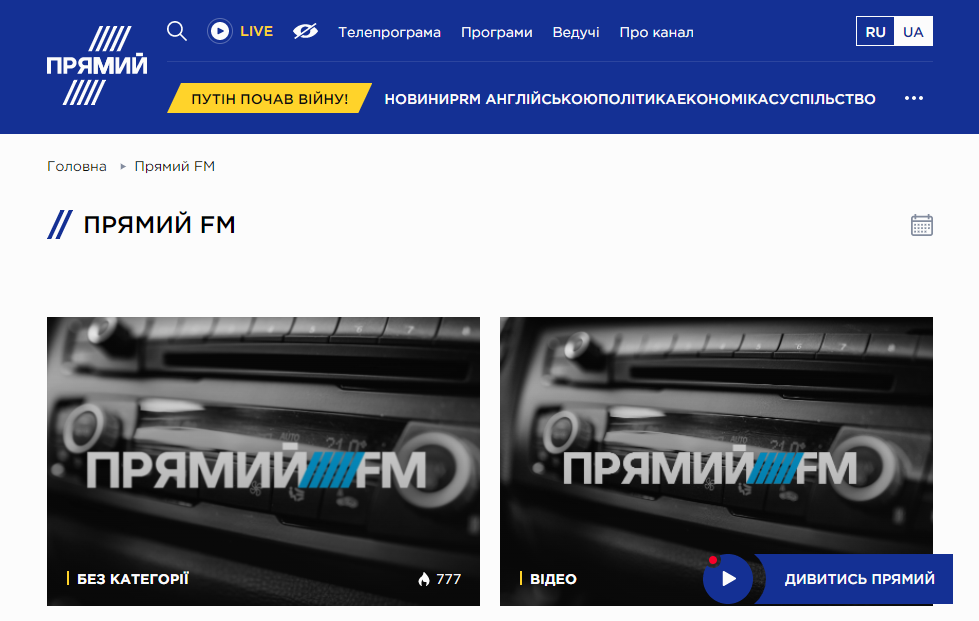
Source

Source
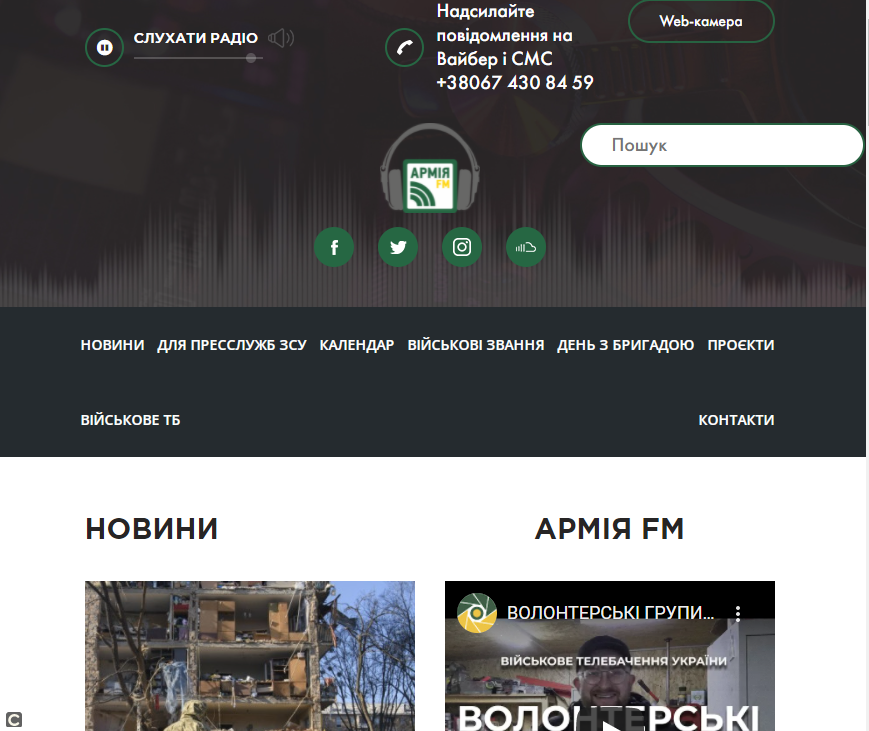
Source

Source

Source
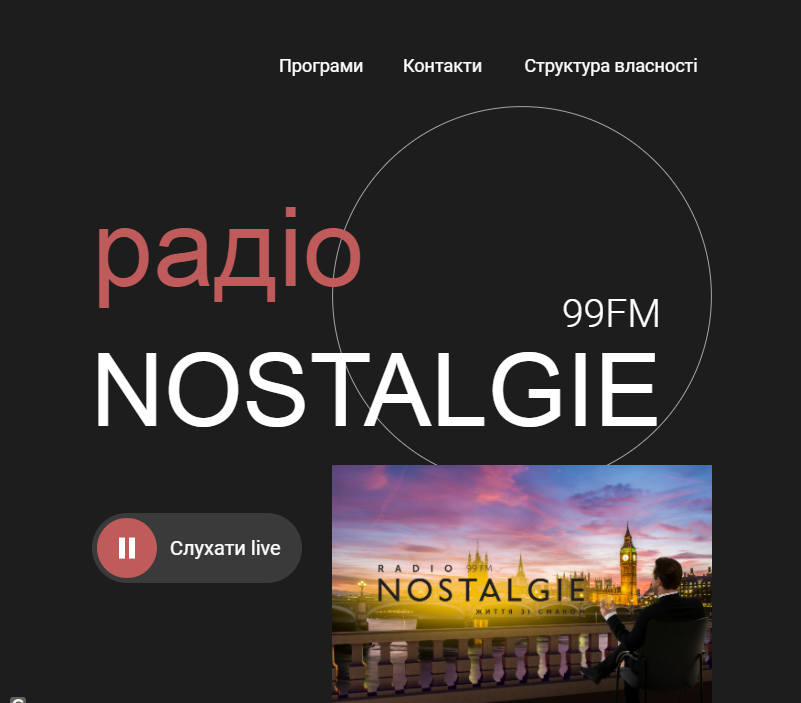
99.00 Radio Nostalgie Music. Listen now in streaming
Source

Source

Source

Source

Source

Source

Source

Source

